eyetracking
Latest
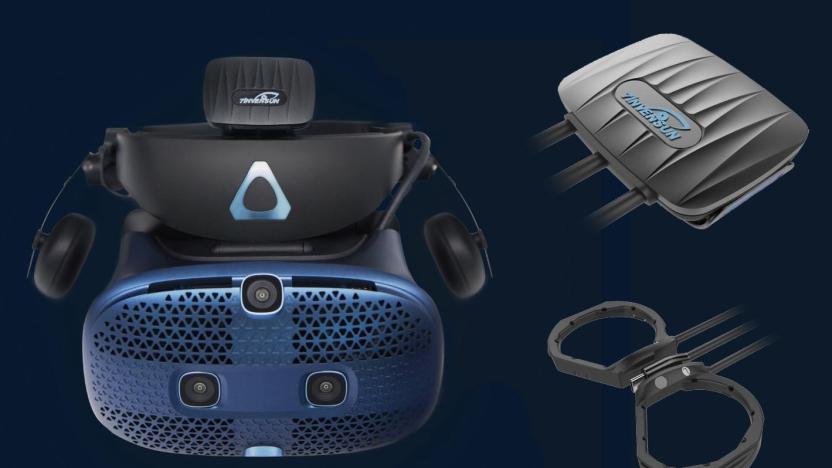
Add eye tracking to your HTC Vive headset for $149
VR companies have been hyping up eye tracking for years, yet even today, options are limited when it comes to VR headsets with integrated eye-tracking -- namely the HTC Vive Pro Eye we first saw back at CES. Thankfully, a Chinese company dubbed 7invensun is soon offering a $149 upgrade kit that will let existing HTC headsets gain the same feature. Not bad considering the Vive Pro Eye costs $1,599. Pre-orders will commence in mid-November, followed by shipment in December.
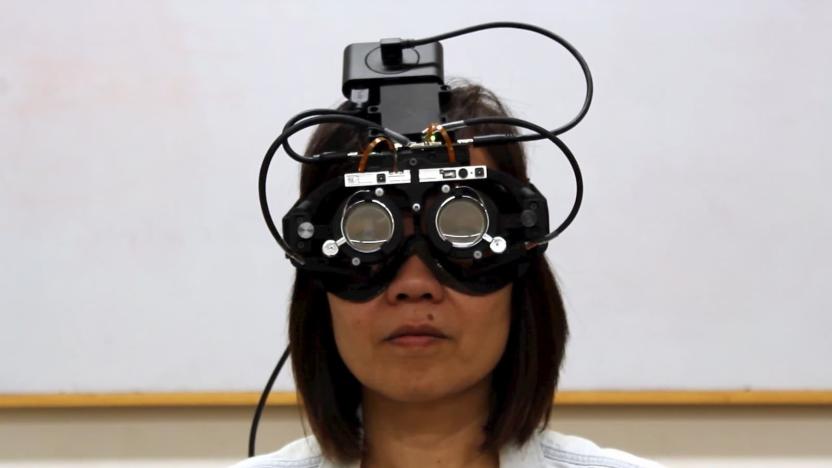
Researchers create eye-tracking glasses that auto-focus where you look
Researchers at Stanford University have created glasses that track your eyes and automatically focus on whatever you're looking at. The so-called autofocals, detailed in a paper published in the journal Science Advances, could prove a better solution than transition lenses or progressive lenses.

Netflix hack day project uses eye tracking to navigate its iOS app
Netflix's hack days frequently produce fanciful results, but its latest might be key to making its streaming service more accessible. The company's engineers have developed an experimental "Eye Nav" feature that lets you navigate the iOS app using the face tracking in newer iPhones (and, potentially, iPads). You use your eyes to control the cursor, staring at an item to select it. And if you need to back out? Just stick out your tongue.
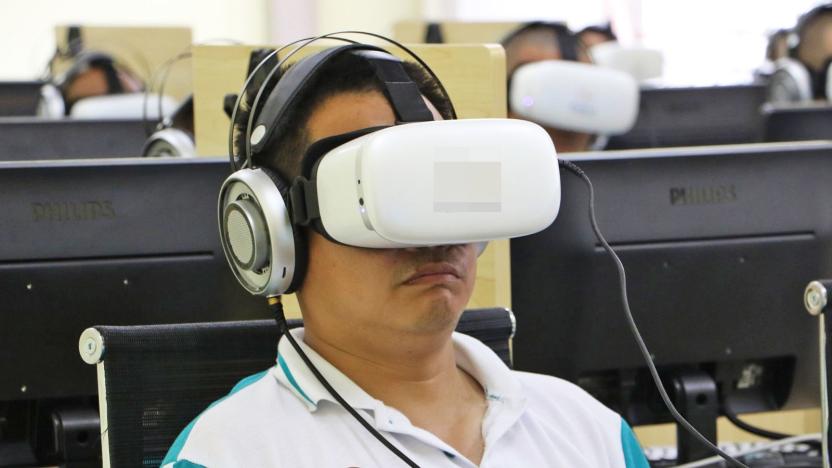
China uses VR eye tracking to gauge success of drug rehab
China's rehab centers are no strangers to using technology to treat addiction. The latest approach, however, is rather unusual. Shanghai drug rehab facilities (not pictured here) are trialing a combination of VR, eye tracking and skin sensors to both aid in recovery and gauge its effectiveness. Recovering addicts have to look at images and video illustrating the effects of drugs, and the eye monitoring can help determine their reactions, including whether or not they're paying attention in the first place. Think of it like a (relatively) gentler version of A Clockwork Orange's Ludovico treatment -- patients can't look away from the unpleasant imagery without their overseers knowing.

Google's latest VR Spotlight story watches you
Google's latest interactive Spotlight Story has an unusual twist... namely, it's watching you. The Piggy VR experience uses six-degrees-of-freedom movement tracking to have a pig respond to your gaze as its namesake character is tempted by a cake. Stare at Piggy and the porcine protagonist will look back with annoyance, guilt or surprise while trying to distract you. Look away, however, and Piggy may give in to cravings. Yes, it's easy to make jokes about a Google story that tracks what you're doing, but it's a clever way of involving the audience without disrupting the narrative.

Tesla reportedly nixed Autopilot safeguards for cost and ineffectiveness
Tesla engineers considered incorporating additional safeguards into the company's Autopilot driver assistance system such as eye-tracking technology or steering wheel sensors, the Wall Street Journal reports, but those features were ultimately rejected due to concerns over cost and effectiveness. Both before implementing the system and again following a fatal crash in 2016 that involved what appeared to be an overreliance on Autopilot, Tesla executives explored ways to ensure drivers were looking at the road and touching the steering wheel, according to WSJ sources. However, eye-tracking technology was called into question both for the costs associated with the required cameras and sensors as well as for concerns on how well it would work with drivers of different heights. Cost concerns also led to a rejection of steering wheel sensors.
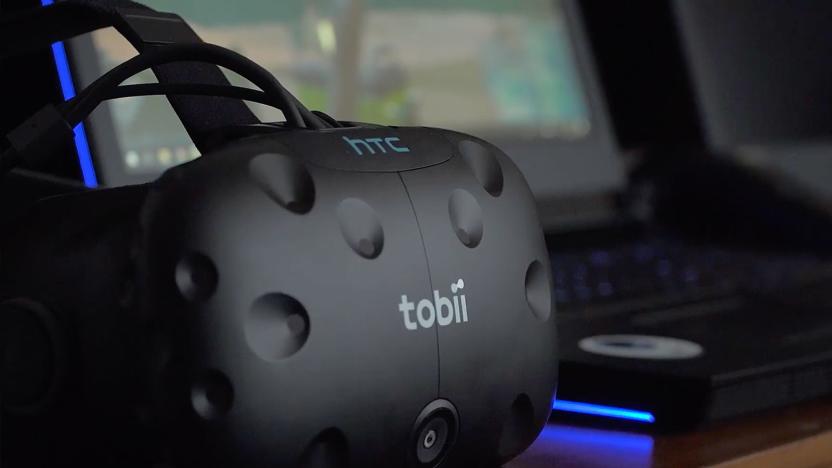
Tobii's EyeCore will make next-gen VR experiences even more immersive
VR and AR may be the next big thing immersive experiences, but so far, their user interfaces have been anything but intuitive. Conventionally, head-mounted displays have operated under the assumption that its users are owls: their eyes are locked in their skulls, facing forward requiring them to use their noses as VR cursors. Tobii is working to change that by integrating eye tracking into the next generation of head-mounted displays.
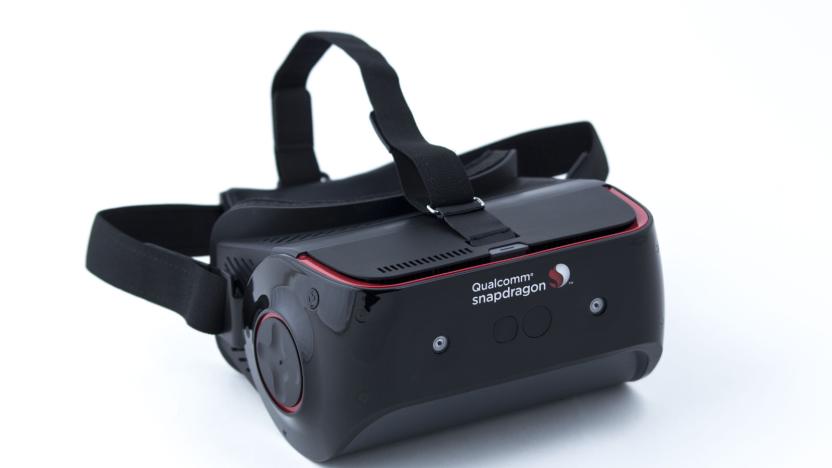
Qualcomm adds Tobii's eye-tracking tech to its mobile VR kit
Tobii's eye-tracking tech was such a great fit for virtual reality that taking it for a spin at CES 2018 ruined every headset without its capabilities for Engadget editor Devindra Hardawar. Now, Tobii has teamed up with Qualcomm to create an updated version of the chipmaker's Snapdragon 845 Mobile VR Platform. Unlike the rather underwhelming design we tested in February, the development kit's new version will come loaded with Tobii's eye-tracking tech.
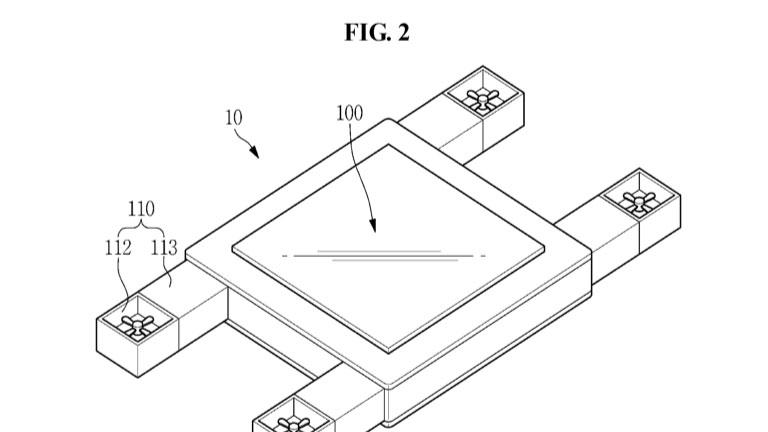
Samsung patents a flying screen that could be used for hovering video
Samsung was awarded a patent by the US Patent and Trademark Office last week for what it's calling a "flying display device." The patent, spotted by LetsGoDigital, was filed for in 2016 and describes a drone-like device with a screen that could be capable of streaming video, like, for example, broadcast television, but, as The Verge points out, it could also presumably be used as a hovering advertisement display. According to Samsung's patent, the flying screen would be supported by four propellers and could have features like voice recognition, a vibration system, an obstacle detection unit with a camera or a sensor as well as gyro, motion and accelerometer sensors. And the display could be a range of devices, including a tablet, a laptop or a mobile medical device.

Twitter uses smart cropping to make image previews more interesting
Twitter's recent character limit extension means we're spending more time reading tweets, but now the site now wants us to spend less time looking at pictures. Or more specifically, less time looking for the important bit of a picture. Thanks to Twitter's use of neural networks, picture previews will now be automatically cropped to their most interesting part.
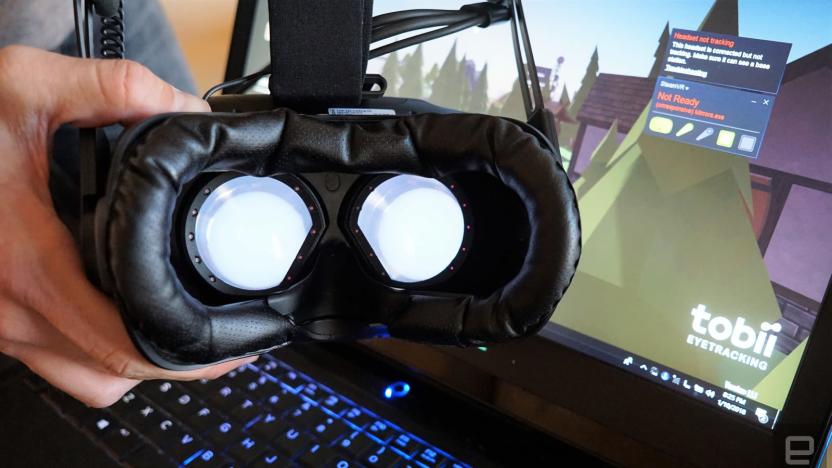
Tobii proves that eye tracking is VR's next killer feature
There are plenty of ways virtual reality headsets could get better. They could offer higher-resolution screens (like the new Vive Pro), a wider field of view and improved built-in tracking sensors. But another feature might be even more essential: eye tracking. It's not a new concept -- we've been following FOVE's eye-tracking headset, as well as 7Invensun's Vive accessory, for a few years now. But it seems more important than ever as consumer VR winds up. Tobii, a company that's been exploring the potential of eye tracking for a while, is hoping to integrate its technology into the next generation of VR headsets. And based on some demos I saw, it's clearly not a question of if VR headsets will get eye tracking. It's when.
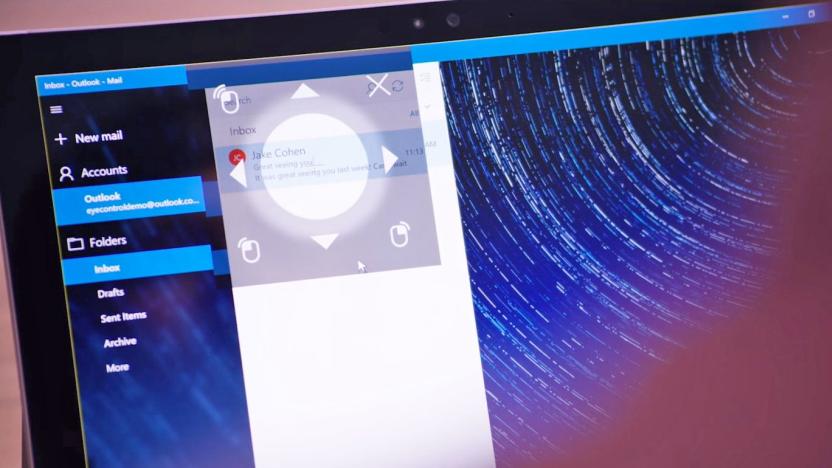
Microsoft starts testing Windows 10's built-in Eye Control
The latest Insider preview build for Windows 10 is rolling out, and it's bringing that eye-tracking support Microsoft recently mentioned. Users with a compatible eye tracking device (which right now means certain hardware from Tobii) can control their PC and even type just by looking at the relevant spot onscreen. Still, the most surprising change is available via the command prompt. As described on the Command Line blog, it's overhauling the default colors in the Windows console for the first time in 20 years.

Windows 10 will soon include built-in eye tracking
It's not easy to use a PC if you have ALS or another neuromuscular disease that prevents you from using your hands. You can use eye tracking, but that could easily entail specialized software and an imperfect experience. Microsoft thinks it can do better. It's adding built-in eye tracking to Windows 10, nicknamed Eye Control, that will let anyone navigate using their gaze. You can launch apps, type and otherwise perform common tasks just by focusing your eyes on the right part of the screen.
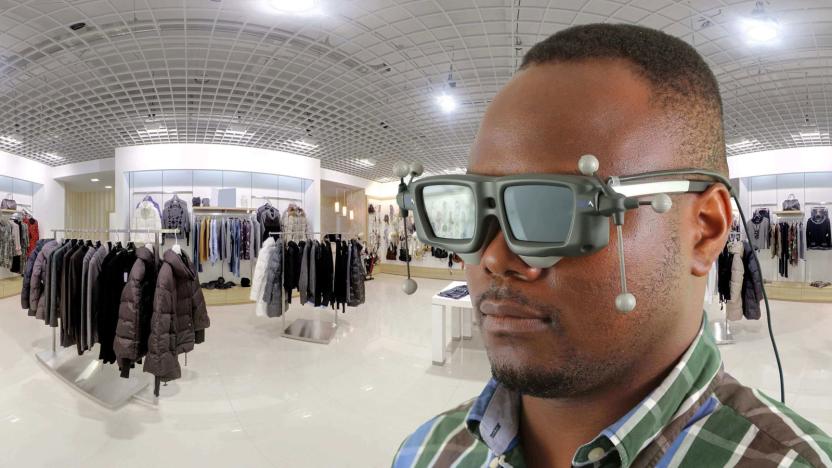
Apple buys a company making eye-tracking glasses
Apple wasn't shy about its augmented reality plans at WWDC this year, and it's backing up those goals with yet another acquisition. MacRumors has learned that Apple recently bought SensoMotoric Instruments, a German company that makes eye-tracking glasses and platforms for both augmented and virtual reality. It's not discussing the terms of the deal or long-term plans (it only offered a stock confirmation to Axios), but the nature of SensoMotoric's tech could hint at what Apple wants.
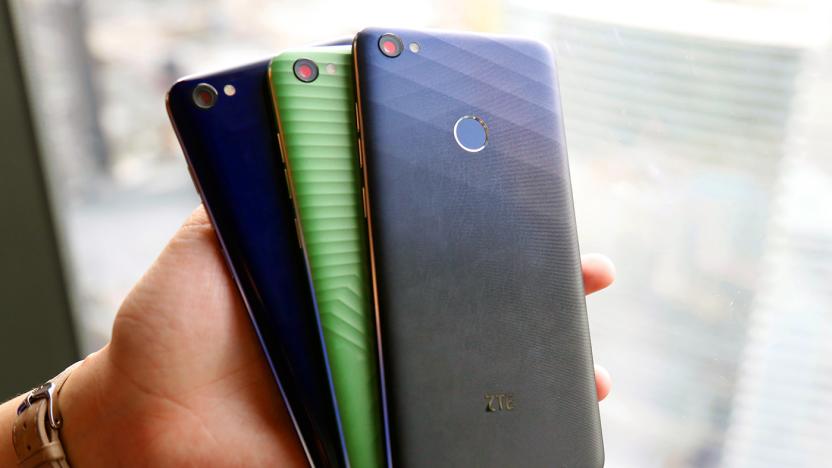
ZTE's crowdsourced phone gets a name and a Kickstarter campaign
It's only been a few months since ZTE tapped the wisdom of the masses and started work on its first crowdsourced device: an eye-tracking, self-adhesive phone. No, seriously. A surprising number of people thought we should be able to stick our phones onto walls and navigate through websites and menus just by glancing all over the place. While the phone itself is far from finished, ZTE did give us a few new details here at CES: it's called the Hawkeye, and you'll be able to pre-order one on Kickstarter starting today for $199.

Oculus now owns an eye-tracking company
Google isn't the only company trying to figure out eye-tracking for virtual reality -- Oculus VR is on the case too. The Facebook-backed VR company has confirmed that it recently acquired Danish startup The Eye Tribe, a firm best known for creating software developer kits that bring gaze-based controls to smartphones, tablets and PCs. Now, that technology belongs to one of the highest profile VR headset makers on the market.

Fove's eye-tracking VR headset is up for preorder
Last year, we gave you the scoop on Fove, a unique take on virtual reality that tracks your eyes in addition to your head for increased accuracy and realism. This reduces not only head movement but also the likelihood of VR sickness and introduces a whole new style of gameplay in which you can simply look at certain objects to trigger an action. Back then, Fove was just a Kickstarter project, but now it's ready for the masses. Units will finally start shipping to Kickstarter backers next month, and they're also now available for preorder on Fove's website. The device will retail for $599, but those who preorder between now and Nov. 9th can get it for $549.

Google buys eye-tracking startup to boost its VR hardware
Google's mission to bring VR to the masses has resulted in the development of the Daydream View and Cardboard, but the company isn't stopping there. In July, we brought you news that the search giant is secretly working on a new high-end standalone headset, which we now know will incorporate eye tracking and use sensors to help users interact with the virtual spaces in front of them. To help it do just that, Google has confirmed the acquisition of Eyefluence, a three-year-old startup that specializes in turning eye movements into virtual actions.
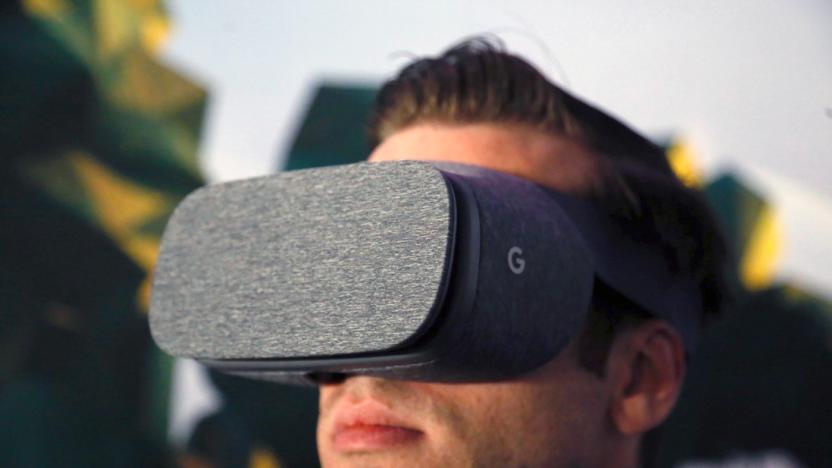
Google's VR future includes a headset that tracks your eyes
Google's plans for a new headset are advancing. In July, we wrote that Google had been actively assigning individuals to work on a high-end standalone headset that doesn't require a computer or smartphone. In the three months since, people familiar with the matter have told Engadget that Google's device will integrate eye tracking and use sensors and algorithms to map out the real-world space in front of a user.

ZTE crowns its crowd-sourced Project CSX winner
Since the start of September, phone manufacturer ZTE has been running a crowd-sourced contest slash internet brainstorming session to figure out what features its customers want most in their next phone. Well, the results are in and ZTE has announced the grand prize project of that contest: it's an "eye-tracking, self-adhesive phone". Sure, why the heck not.













